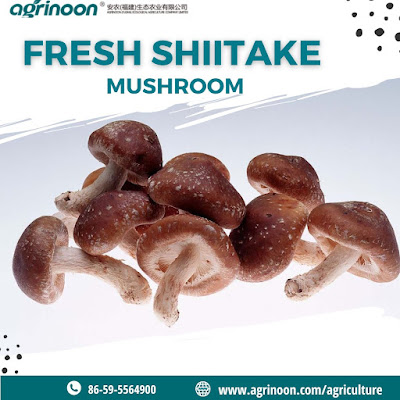When it comes to flavor, gourmet experts compare shiitake mushrooms with filet mignon and lobsters. Apart from having a low-calorie count, they’re full to the brim with protein and vitamin B variants. It even reduces serum cholesterol. This savory edible fungus from the forests of Japan is now a star in the gourmet world. Also, for those with enough time and patience, cultivating these fungi can be a low-labor yet lucrative business.
Getting started
First of all, you’ll need a growth medium, such as the china mushroom logs from Agrinoon. They say that most people grow them outdoors on seasoned timber. Usually, they prefer using oak, but maple, aspen, birch, poplar, beech, and a few other species are also effective. Make sure that you never use greenwood or live trees for this purpose. Similarly, you must stay away from deadfall wood because they remain contaminated with lichens and other fungi.
Log inoculation
Once the moisture content of the growth medium purchased from the mushroom logs manufacturer drops to 40 or 50%, you can move on to inoculation. The best time to do it is during the early days of spring. You should place an order for the spawn plugs a couple of months ago. If you can get your hands on the product before the wood is ready, simply store them in your refrigerator. You have to work with at least 3,000 plugs for every wood cord. Conversely, 300 plugs should be more than enough for personal consumption.
It’s time to wait
Once you complete the inoculation chores, you have to restack the inoculated wood to a well-drained and shaded location. It will take around one to two years for them to yield what you seek. After that period, you should be able to harvest your first crop. However, you shouldn’t get rid of the logs after that period because you can expect additional harvests for the next three to five years every spring and fall. Just keep tabs on the inoculated wood pieces to prevent contamination.
Reap what you sow
As mentioned earlier, shiitake mostly bears fruit during spring and fall. You will probably be able to ascertain when fruiting will happen. For that purpose, you need to check the ends of the logs. If you notice white-colored, fuzzy growth, you’ll know that it’s mycelium. As soon as you see it, you can be certain that the inoculation procedure went perfectly.
For business
In
most instances, the cost of shiitake spawn can vary from $30 to $45 per 1,000
plugs. If you want to cultivate for commercial purposes, you need to spend about
$200 on spawn for each wood cord.
Final words
Well, there you have it
– a short and definitive guide to grow shiitake at your home or close to it. It’s
all about proper care and patience. You need both virtues for it to work. Only
then you can expect to earn profits or enjoy delectable mushrooms on your
dinner table. The Japanese have been growing them for centuries, and
they’re one of the nation’s most important agricultural export. You shouldn’t
have trouble cultivating them, either.











